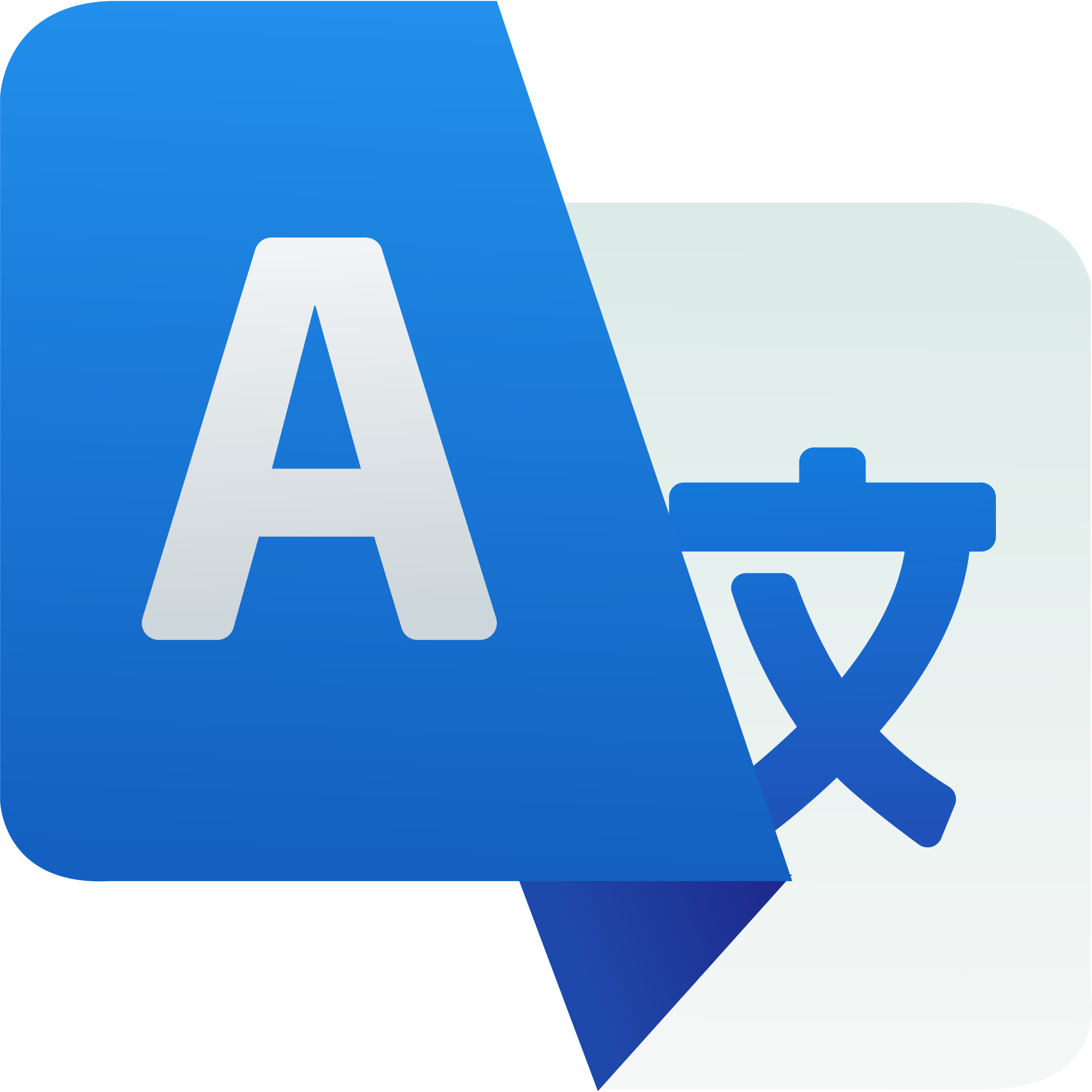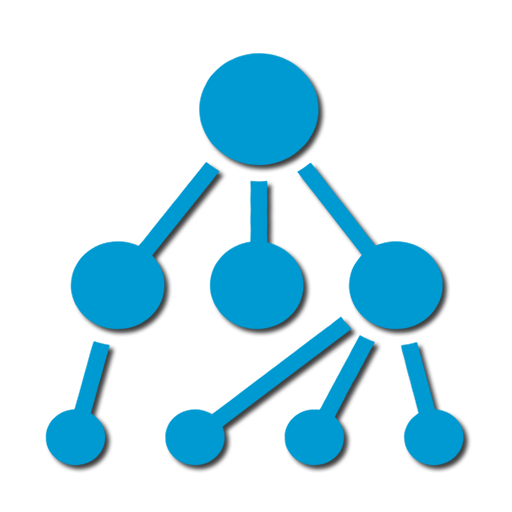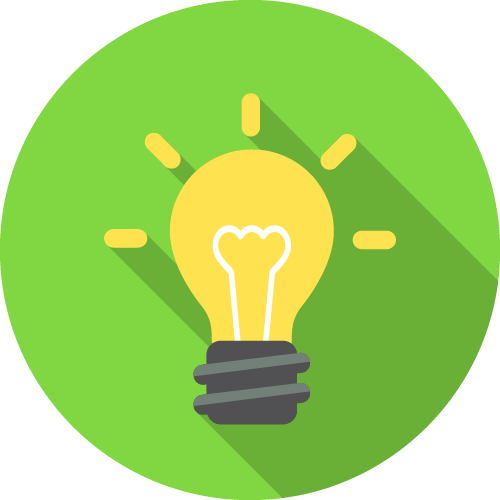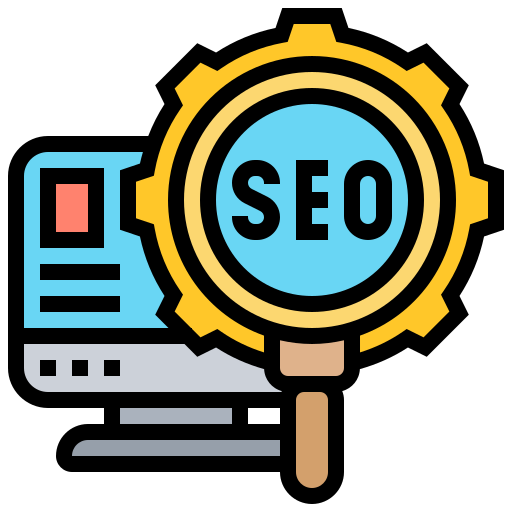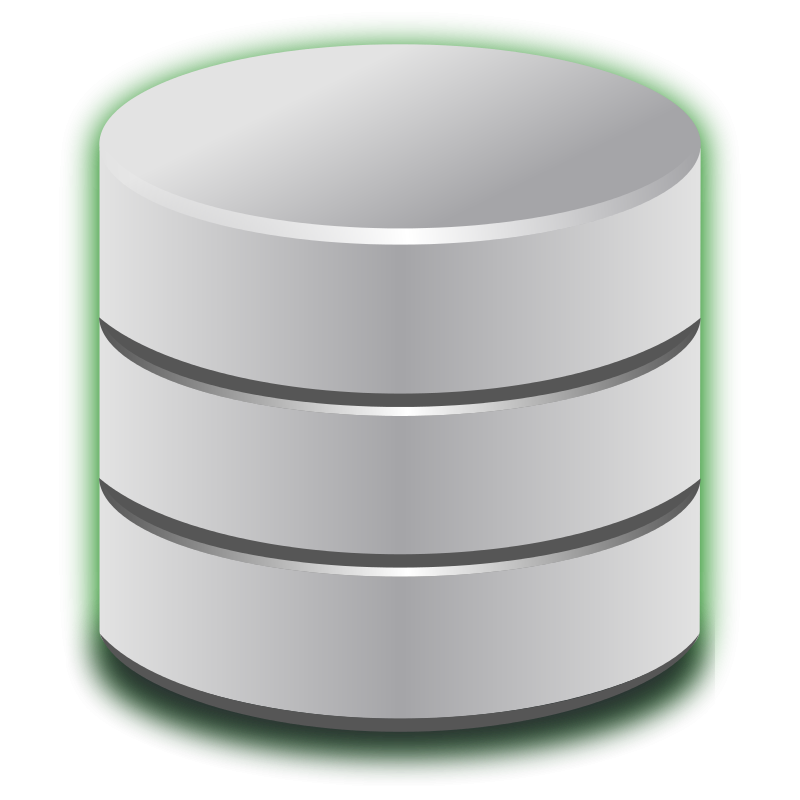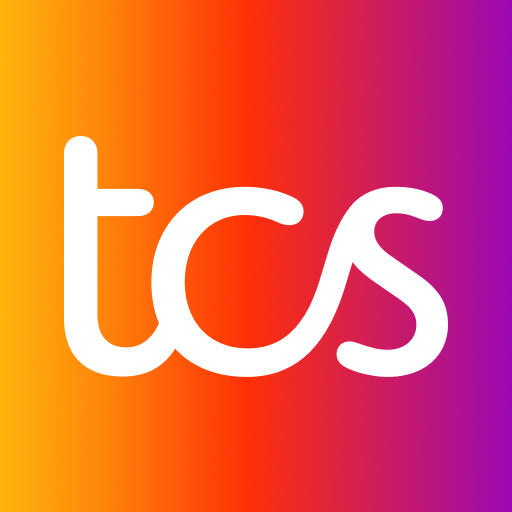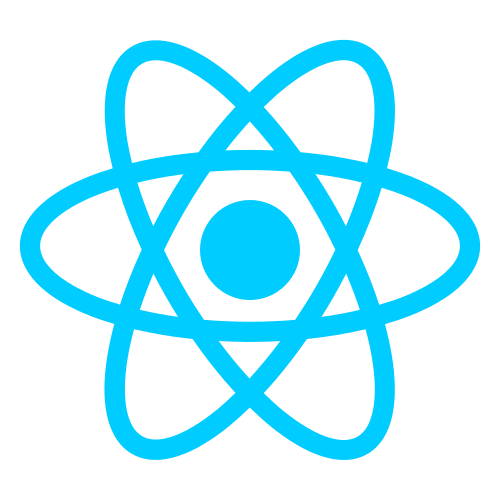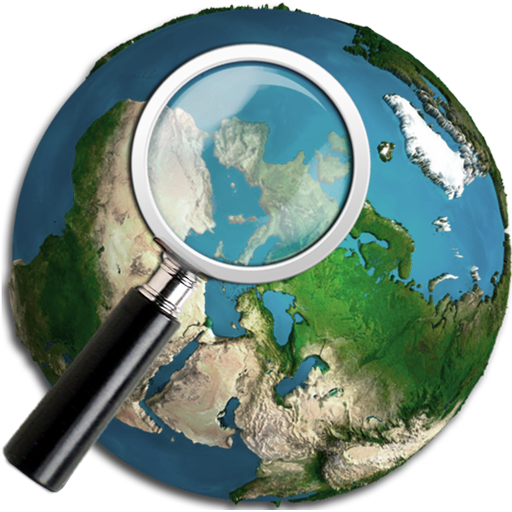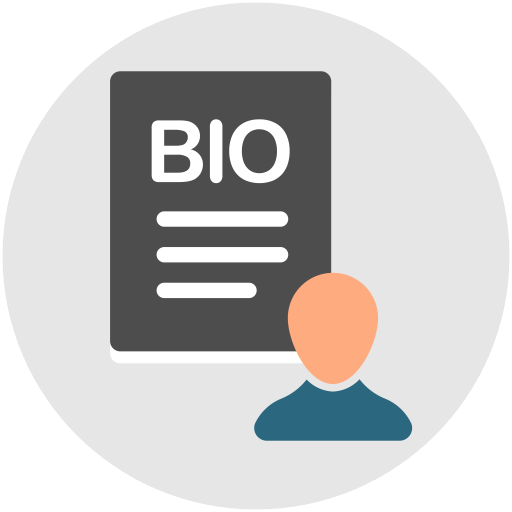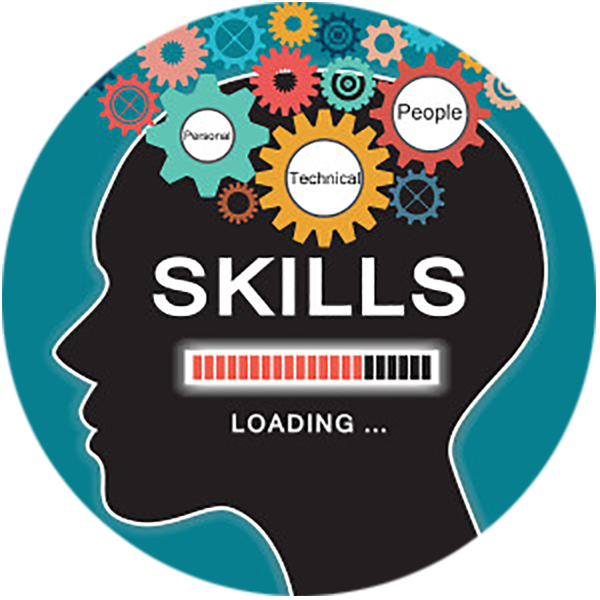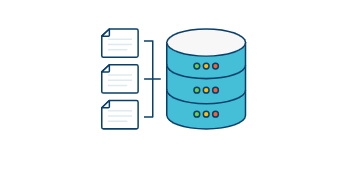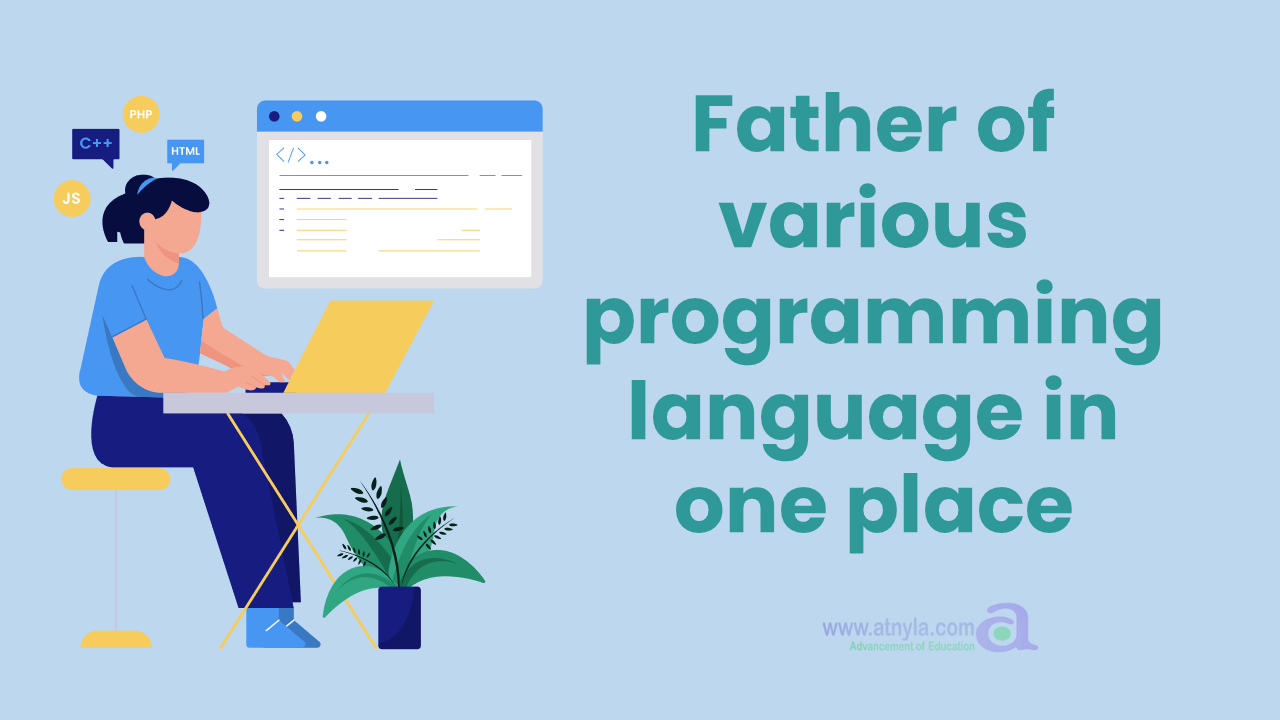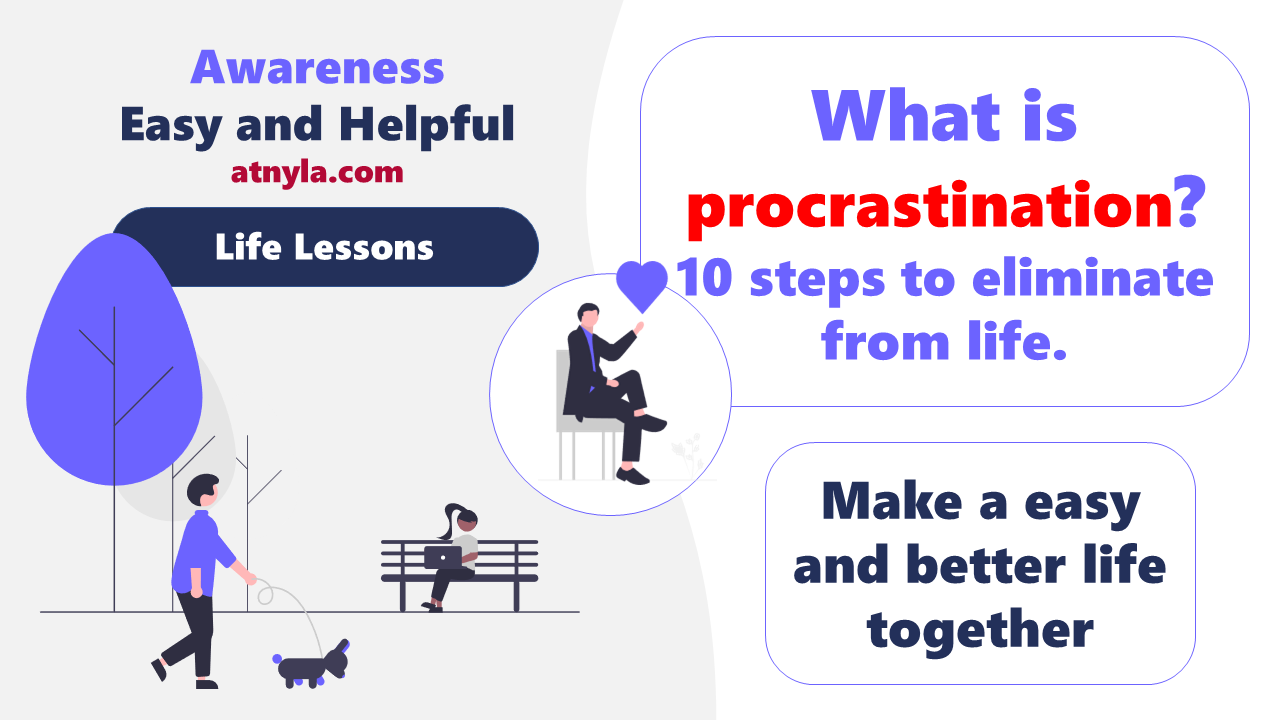Road map for Data scientist
Road map for Data scientist
The field of data science is rapidly growing, and a career in this field can be incredibly rewarding. However, getting started in data science can be daunting, as there are many different pathways to take and skills to learn. To help you navigate this landscape, we've put together a road map for a career in data science.
Step 1: Develop a Strong Foundation in Math and Statistics
The first step in a career in data science is to develop a strong foundation in math and statistics. This includes learning the basics of calculus, linear algebra, and statistics. These concepts will be essential for understanding the algorithms and models that are used in data science. You can start by taking online courses or reading books on these topics.
Step 2: Learn the Basics of Programming
Data science requires a lot of programming, so it's important to learn the basics of at least one programming language. Python and R are the most commonly used languages in data science, so we recommend starting with one of these. You can learn the basics of programming through online tutorials and courses, or by working on small projects.
Step 3: Get Familiar with Data Science Tools and Libraries
Once you've developed a strong foundation in math, statistics, and programming, it's time to learn about the tools and libraries that are commonly used in data science. This includes tools like Jupyter Notebook, pandas, and scikit-learn for data manipulation and analysis, as well as libraries like TensorFlow and Keras for machine learning.
Step 4: Work on Projects
The best way to learn data science is to work on projects. This will give you hands-on experience with the tools and techniques that you've learned, and will also help you build a portfolio of work that you can show to potential employers. You can find data science projects on websites like Kaggle, or you can come up with your own projects using data from the internet.
Step 5: Learn Machine Learning
Machine learning is a key component of data science, so it's important to learn the basics of this field. This includes learning about supervised and unsupervised learning, as well as popular machine learning algorithms like decision trees, random forests, and neural networks. You can learn about machine learning through online courses, tutorials, and books.
Step 6: Learn Big Data Technologies
Data science often involves working with large amounts of data, so it's important to learn about big data technologies like Hadoop and Spark. These technologies allow you to process and analyze large amounts of data on a cluster of computers, which is essential for many data science tasks.
Step 7: Specialize
Data science is a broad field, and there are many different areas in which you can specialize. Some examples include natural language processing, computer vision, and deep learning. You can choose a specialization that aligns with your interests and career goals.
Step 8: Get certified
Certifications can help you to stand out in the job market. There are many certifications available, such as the Data Science Council of America (DSCA) certification, which can help to validate your skills and knowledge.
Step 9: Get a Job
Once you've developed your skills, it's time to start looking for a job. You can look for data science jobs on job boards like Indeed or LinkedIn, or you can attend data science meetups and networking events to meet potential employers. It's also a good idea to build a portfolio of your work to showcase your skills to potential employers.
In conclusion, a career in data science is a rewarding and exciting path, but it requires a lot of hard work and dedication. By following the steps outlined in this road map, you'll be well on your way to becoming a successful data scientist.


